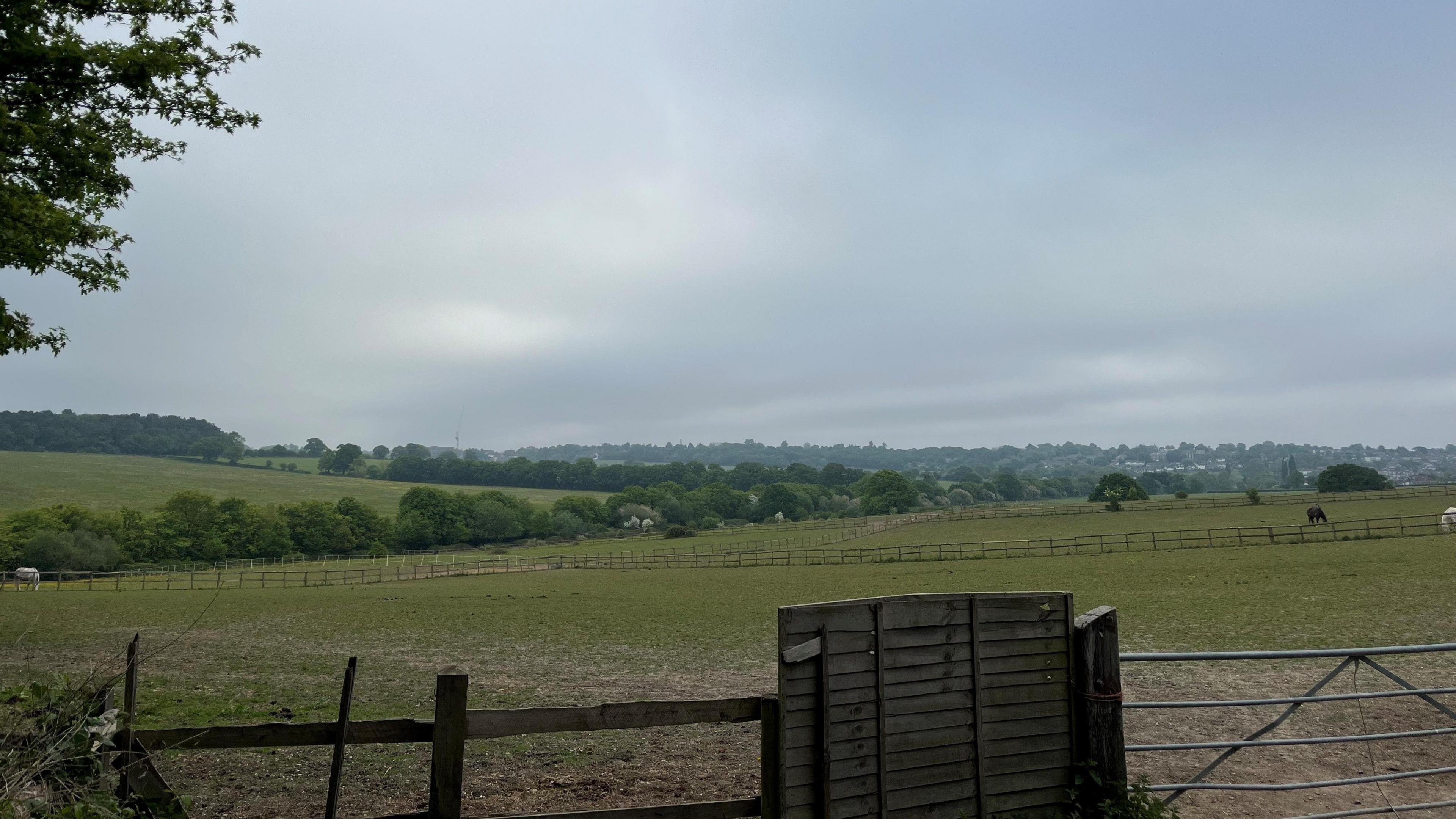Tories commit to new housing plan for London
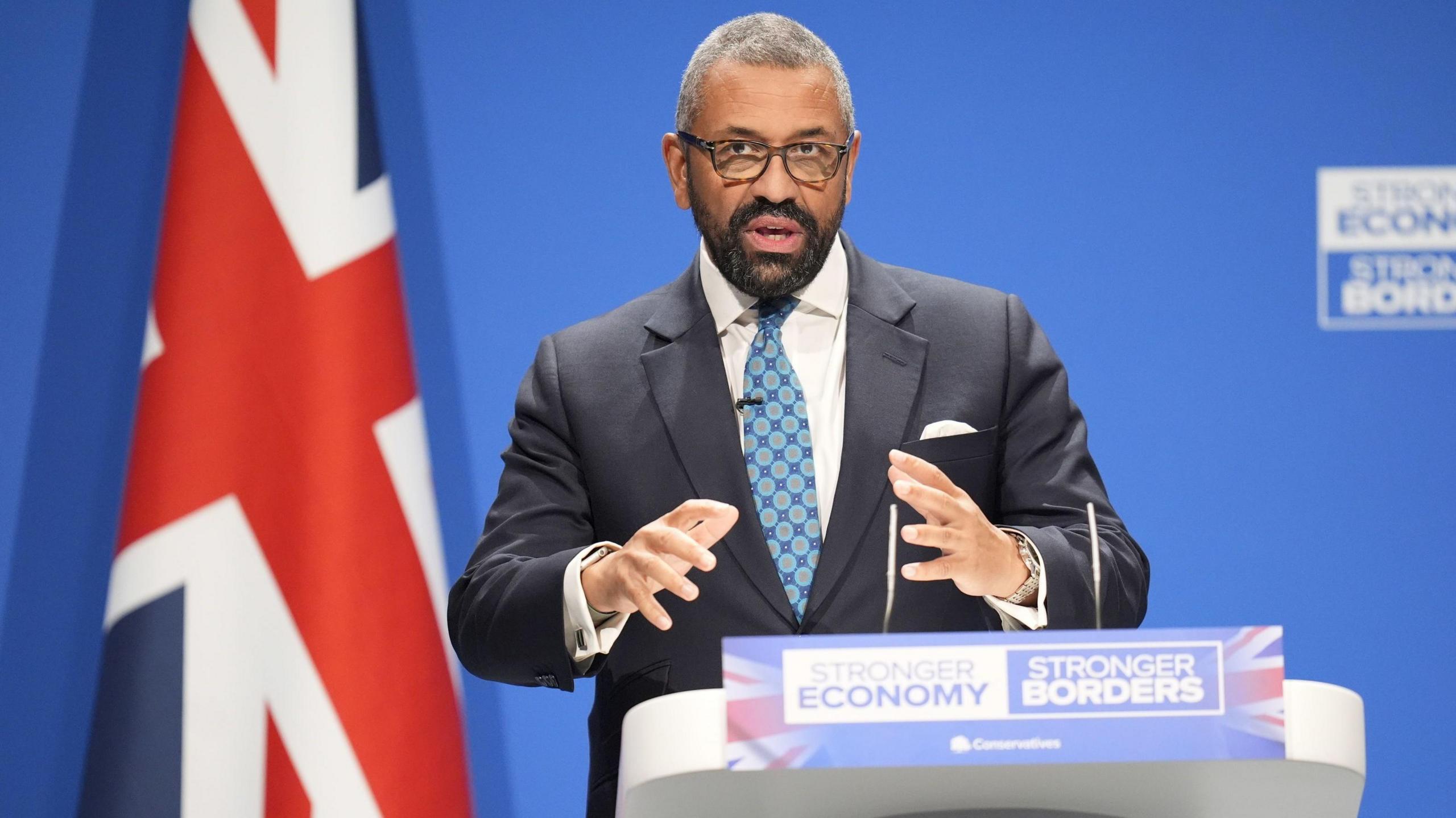
Shadow housing secretary Sir James Cleverly has criticised London's mayor
- Published
A senior member of the Conservatives' shadow cabinet has pledged to rewrite London's planning strategy - if their party's candidate is elected as the mayor of London in 2028.
Sir James Cleverly, the shadow housing secretary, told the Tory party conference in Manchester that re-writing the London Plan would pave the way for tens of thousands of new homes.
The plan is a development strategy written by the mayor, that sets out a long-term blueprint for housing, workplaces and public transport in the capital.
A spokesperson for mayor Sir Sadiq Khan said the Conservatives' pledge had "no basis in reality".
The London Plan was set for review under the last government, but former housing secretary Angela Rayner withdrew that in favour of a "partnership approach" to working with the current mayor.
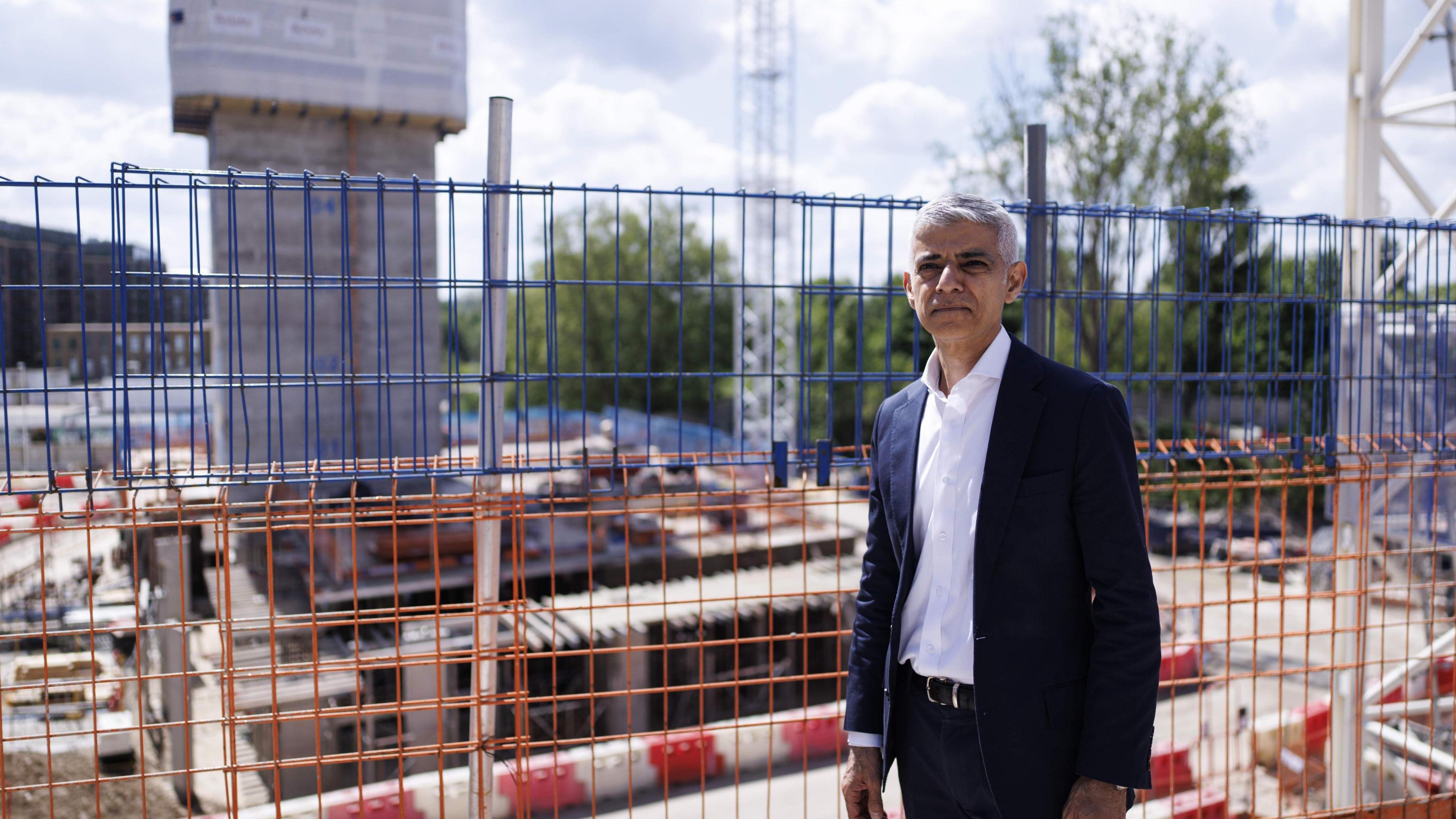
The mayor of London sets the city's development strategy
Sir James said London needed a Tory mayor of London to "get a grip" of the housing crisis.
He said: "We need a Conservative to rewrite the London Plan, focus on delivery and unlock the tens of thousands of desperately needed homes in that city, and to unlock them near transport links, near to the night time economy, near to job opportunities, by prioritising brownfield sites and turning them into business hubs and housing hubs, just like we did before in Canary Wharf and just like we did before in the Olympic Park."
Sir James added: "Now, to get this done, we need to take on the mountains of well-intended regulation, and we have got to cut it down to size."
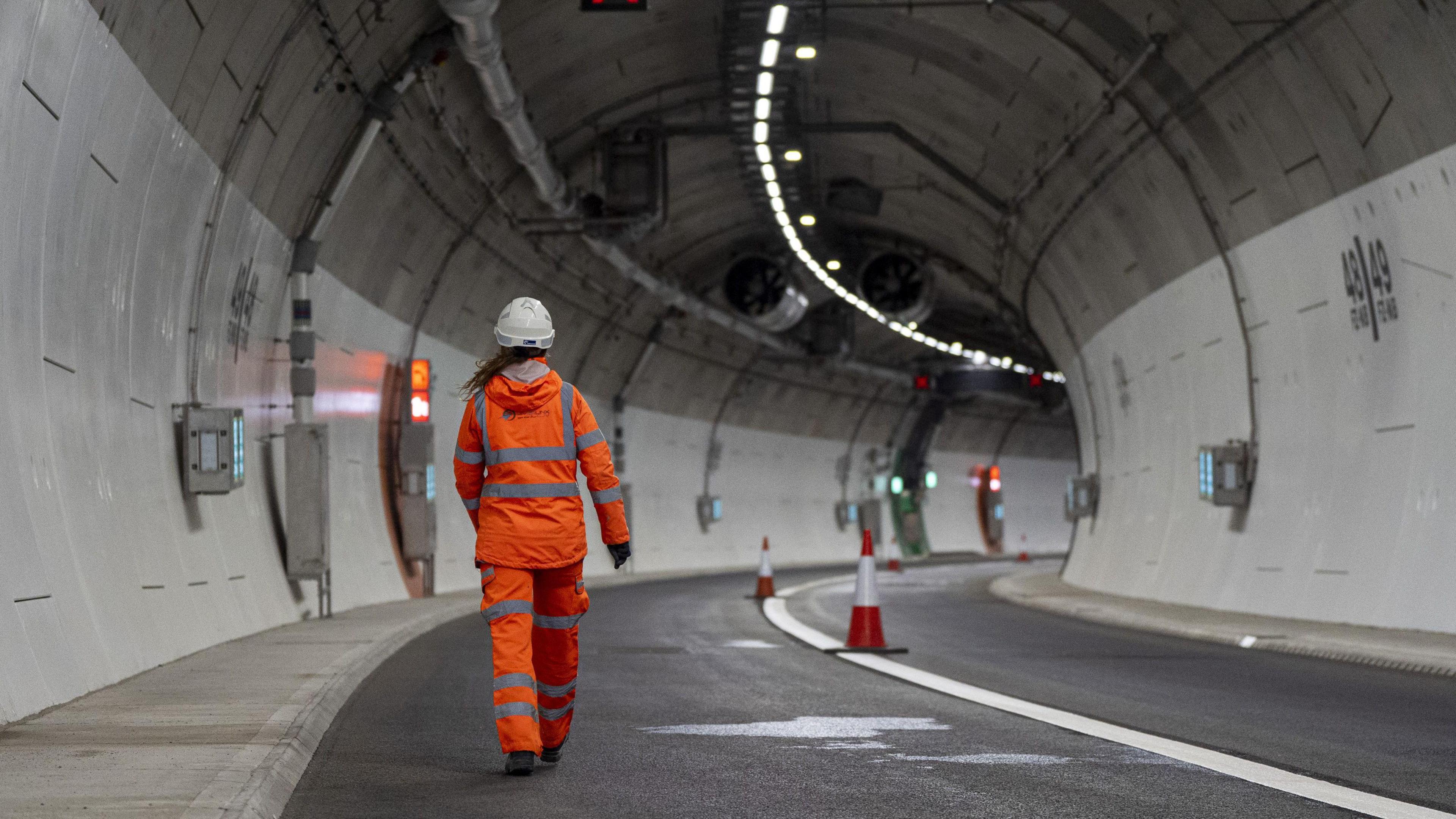
The London Plan covers transport, housing and open spaces
A spokesperson for the mayor said the "vast majority of development in London is already on brownfield land".
They added: "The mayor continues to take a brownfield first approach while exploring further measures to boost delivery in the new London Plan.
"The truth is that building on brownfield alone is not enough to meet the scale of London's housing need, which is why the mayor is taking the tough decision to actively explore the release of some greenbelt for housing development."
They added that the "disastrous inheritance from the previous government" has left national housebuilding on its knees and is being felt acutely in London due to "record construction costs, devastating rise in interest rates and the botched set-up of the Building Safety Regulator".
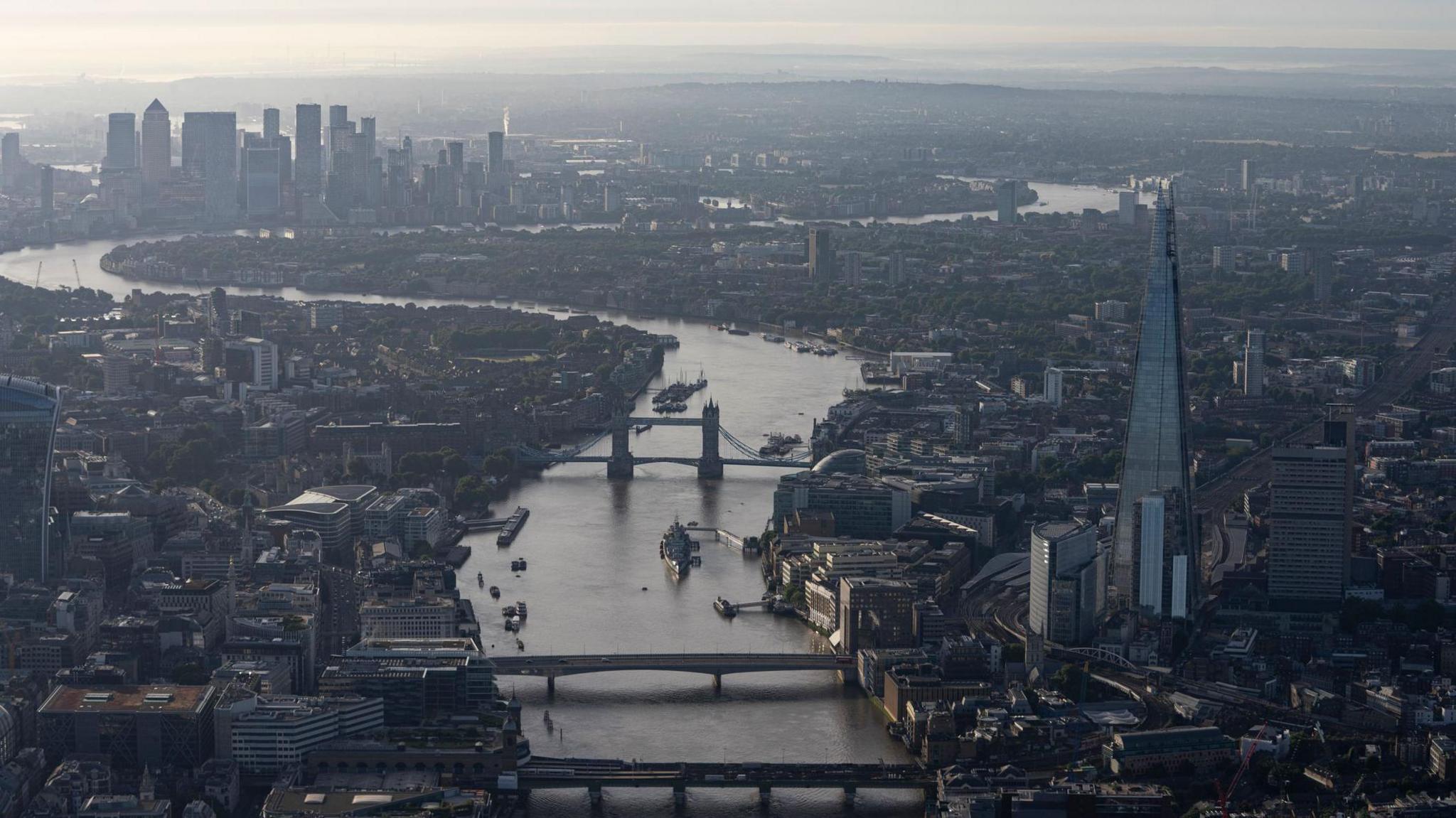
The first London Plan was produced in 2004
What is the London Plan?
Many people will not have heard of the London Plan, but it's an important document that shapes how the city will develop over the next 20 years.
It is described as "the spatial development strategy for Greater London", prepared by the mayor of London, outlining the plan for the city's growth and development over the next two decades.
It influences planning decisions about new homes, workplaces, transport, and open spaces, with the goal of fostering a fairer, greener, and more prosperous London.
The 32 London boroughs have their own local plans that must "generally conform" to the London Plan.
It's also something the mayor of London and his administration by law must produce.
The first plan was created by Ken Livingstone in February 2004 and it was the first overall plan for London in decades.
Updated versions of the plan were published in 2008, 2011 and 2016.
It is reviewed every five years and the mayor is starting to prepare the next London Plan., external
The current version was produced by the current mayor, Sir Sadiq, in March 2021 and is available online., external
Listen to the best of BBC Radio London on Sounds and follow BBC London on Facebook, external, X, external and Instagram, external. Send your story ideas to hello.bbclondon@bbc.co.uk, external
- Published18 September
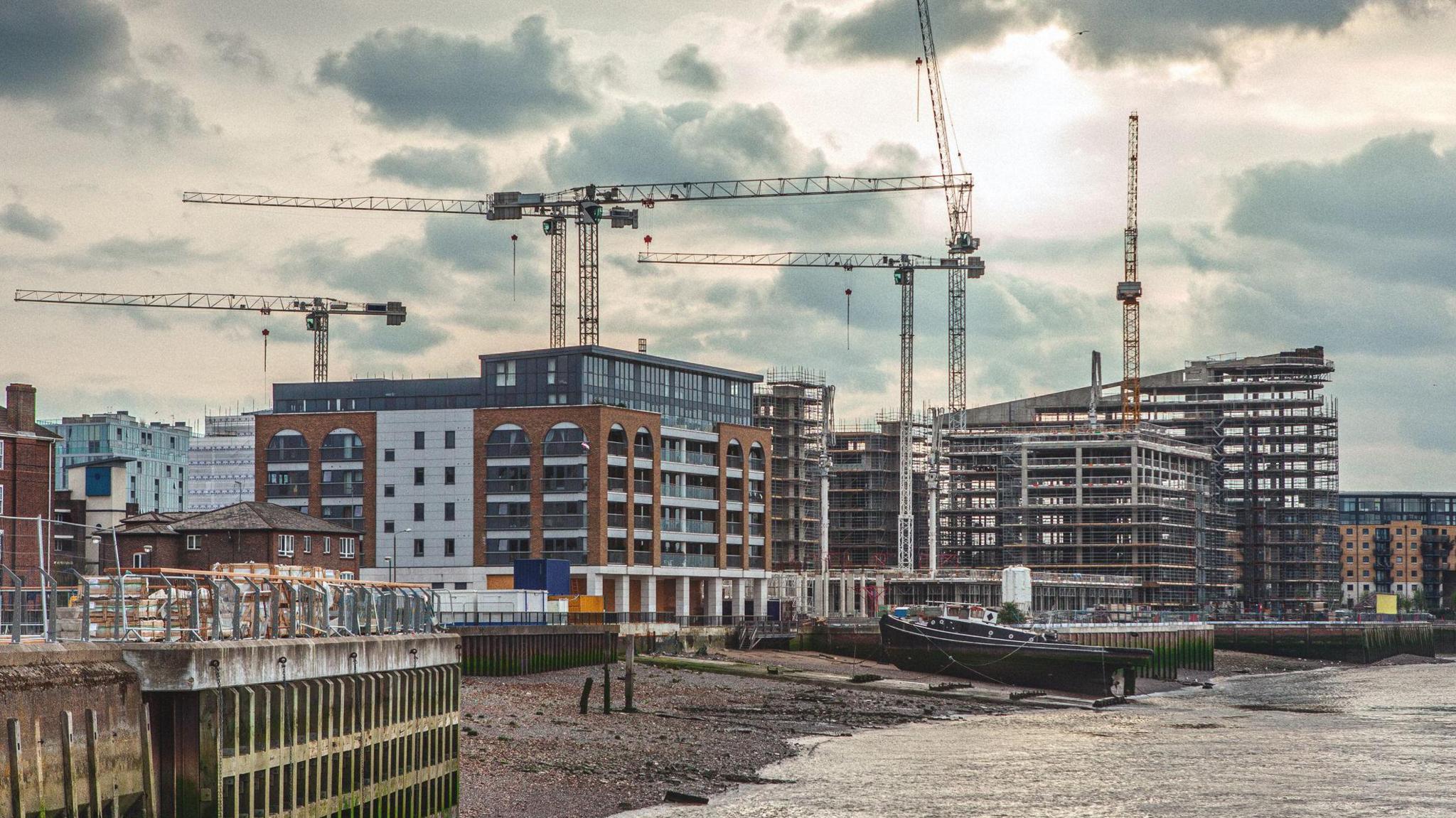
- Published5 August

- Published9 May
